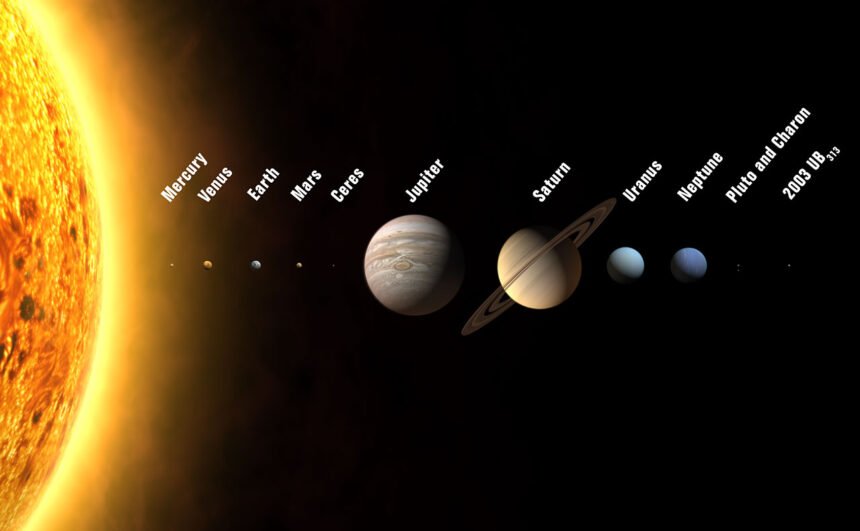Science Behind a Planet
The term “planet” can be traced back to the ancient Greeks, who called these celestial bodies “wanderers” as they appeared to move in the night sky against a fixed star backdrop. However, it was at the International Astronomical Union (IAU) General Assembly in Prague in 2006 that astronomers agreed upon a formal definition. This definition resulted from numerous scientific studies and observations, including those made in the outer reaches of our Solar System, which revealed the existence of objects comparable in size to Pluto. These discoveries led astronomers to debate whether these new objects should be classified as planets or a new class of celestial bodies in the Solar System.
Read: Latest Science News
During the 2006 International Astronomical Union (IAU) General Assembly, astronomers engaged in a contentious debate about the definition of a planet. After much discussion and revision, a new proposal garnered broader support. After the General Assembly in Prague, the revised definition was presented to the IAU members for voting. Finally, the members of the IAU voted on the definition of a planet in the Solar System, and the result was that a planet would be defined based on the new criteria.
A celestial body that
(a) is in orbit around the Sun, (b) has sufficient mass for its self-gravity to overcome rigid body forces so that it assumes a hydrostatic equilibrium (nearly round) shape, and
(c) has cleared the neighbourhood around its orbit. (p. 1)
More generally, a planet:
- orbits its host star, just as the Earth and Jupiter orbit the Sun,
- is large enough to be primarily round and
- must have an essential influence on the orbital stability of the other objects in its neighbourhood.
When astronomers discover a new celestial object, they undergo a rigorous classification process by a review committee within the International Astronomical Union (IAU) to determine its properties and characteristics. This process comprehensively evaluates the available data to determine whether the object’s physical properties meet the IAU’s strict definitions and criteria.

The criteria are based on the object’s size, shape, orbit, and composition, with specific measurements and parameters established for each category. For instance, an object’s length is determined by its diameter, while its shape is evaluated based on its symmetry or irregularity. The object’s orbit is analysed in terms of its path around the sun, while its composition is assessed by analysing its light spectrum or by studying the materials it is made of.
Overall, the IAU’s classification process is crucial in helping astronomers better understand the universe and its many fascinating objects.
It is worth noting that this evaluation process can be time-consuming, especially for newly discovered objects with limited data available. In many cases, gathering sufficient data for the review committee to determine definitively can take several years. This ensures that the classification of celestial objects is based on accurate information and adheres to the IAU’s standards, which helps to maintain the organisation’s integrity and credibility.
Throughout the history of science, the way we understand the Universe has undergone countless revisions. Today, we continue to refine our understanding of the cosmos through new observations, measurements, and theories. One example of this ongoing evolution is the resolution that remains in place regarding the classification of celestial objects. The complexity of the Universe makes it challenging to fit objects into rigid categories, and the continued and vibrant discussions on the topic reflect this challenge.
Indeed, the Universe seems to resist being put into neat little boxes. Comets, for example, can exhibit behaviours that are more typical of asteroids, and brown dwarfs can possess more star-like qualities. Dwarf planets are another example of celestial objects that blur the lines between categories. These objects have characteristics similar to planets and asteroids, making it hard to define them as belonging to one group or the other.
The intricacies and subtleties involved in comprehending the nature of celestial objects never cease to amaze us. Every discovery we make, every piece of information we gather, seems to add to the endless complexity and wonder of the Universe. Our understanding of the cosmos constantly evolves, and as we delve deeper into the mysteries of space, we are bound to encounter new enigmas that challenge our beliefs and preconceptions. Despite the daunting task of unravelling the mysteries of the Universe, our tireless pursuit of knowledge and our unending curiosity will ensure that we continue to progress in our quest to unlock the secrets of the cosmos.



